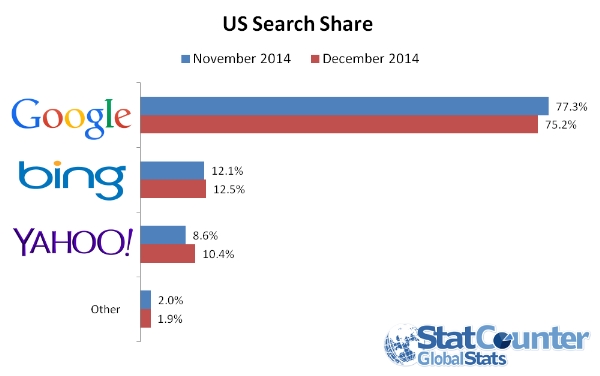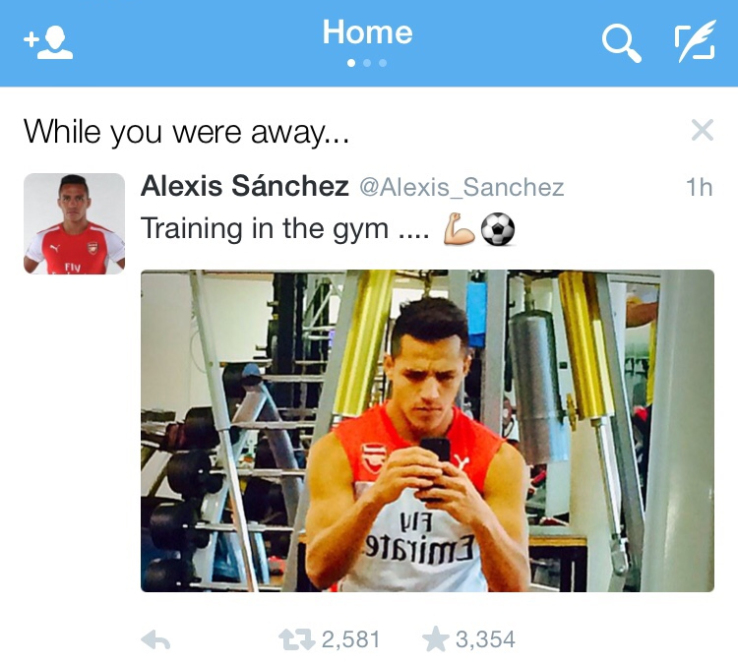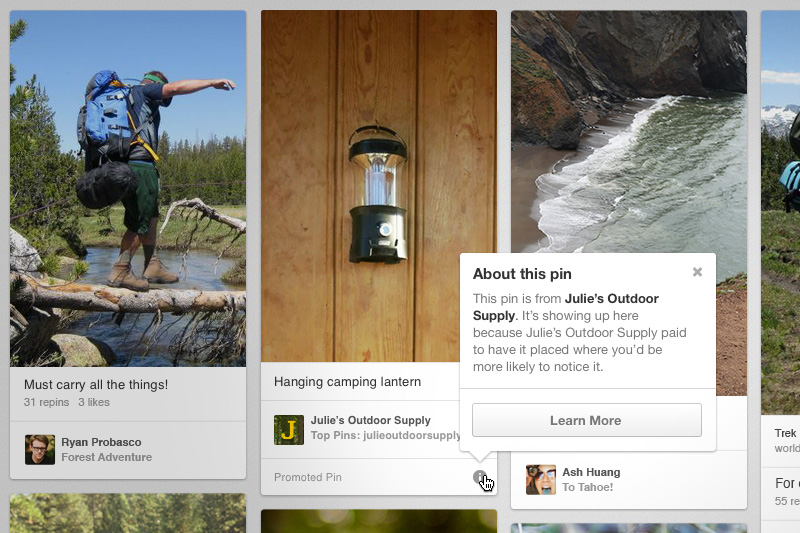 Now that the holiday season is over, several companies including Target and Amazon are releasing statistics related to 2014’s holiday shopping. While there are several interesting facts to be found in the reports, Target’s release may have the most striking bit of information.
Now that the holiday season is over, several companies including Target and Amazon are releasing statistics related to 2014’s holiday shopping. While there are several interesting facts to be found in the reports, Target’s release may have the most striking bit of information.
Target claims the majority of traffic to its Target.com website came from mobile devices throughout the holiday season, making it clear that mobile is quickly becoming the primary option for online shopping.
The company says, “Mobile traffic made up 60 percent of Target.com traffic November through December.” The press release also highlighted other mobile milestones for the company:
- Black Friday weekend purchases made via mobile phones were 2 times higher than 2013
- Cartwheel, Target’s digital coupon app, added 2 million new users over the holiday period and surpassed $1 billion in promotional sales since it launched
- Target.com store-pickup orders hit a new record high on Thanksgiving Day
- Store maps in Target’s new iPhone app were accessed more than 400 thousand times
Long-time mobile leader Amazon reported similar findings to Target, saying, “Nearly 60 percent of Amazon.com customers shopped using a mobile device this holiday. Mobile shopping accelerated as customers got later into the shopping season.”
Amazon also mentioned that Cyber Monday was the biggest mobile shopping day of the season, but Black Friday “had the most rapid growth in mobile shopping.” The company also reported that total sales of the Amazon smartphone app had doubled last year, which coincides with Amazon mobile entering comScore’s Top 15 US Smartphone apps list.

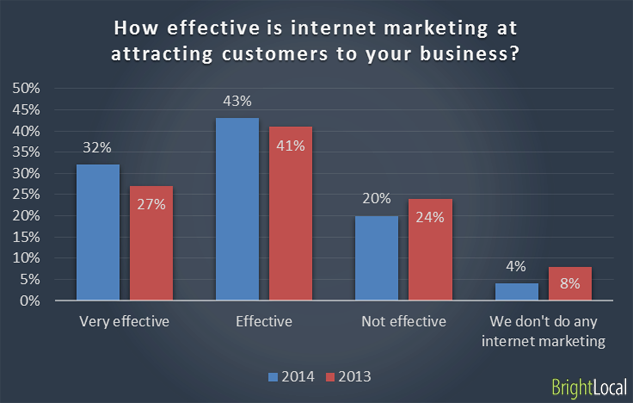
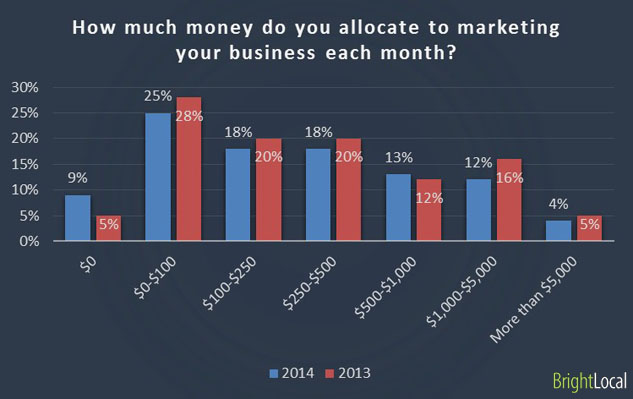
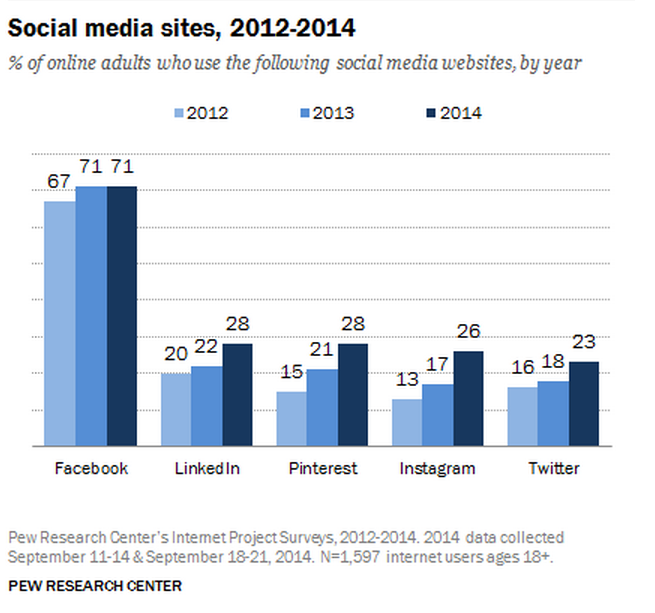
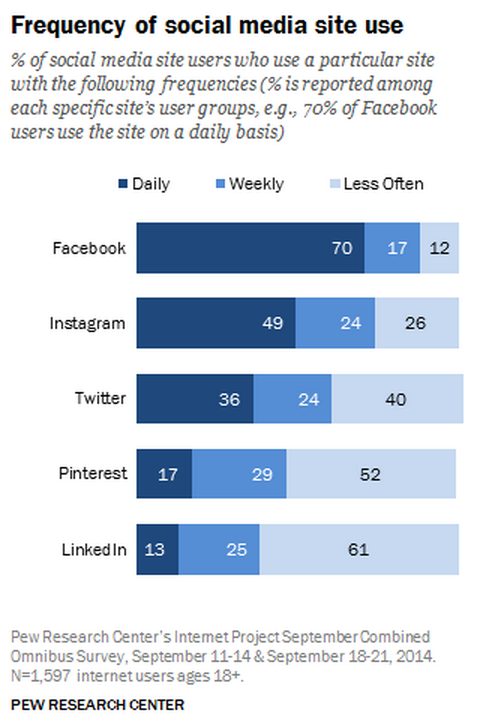

 According to new data from web traffic analytics provider
According to new data from web traffic analytics provider 